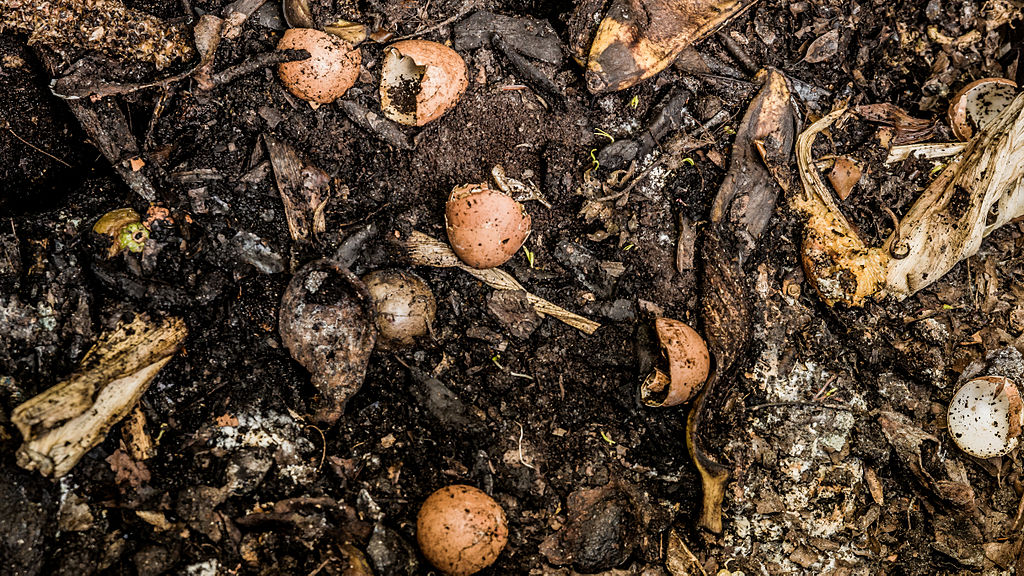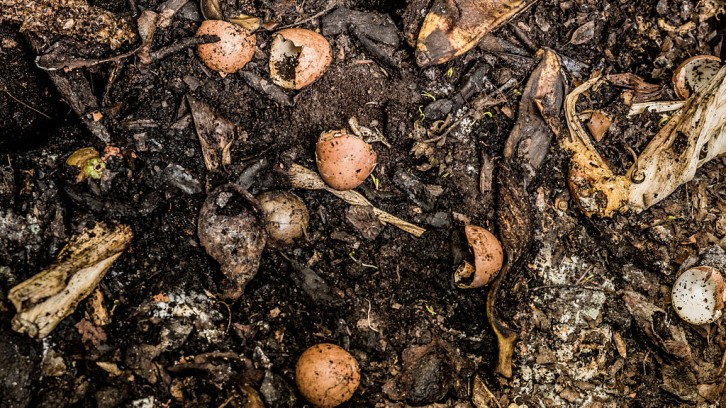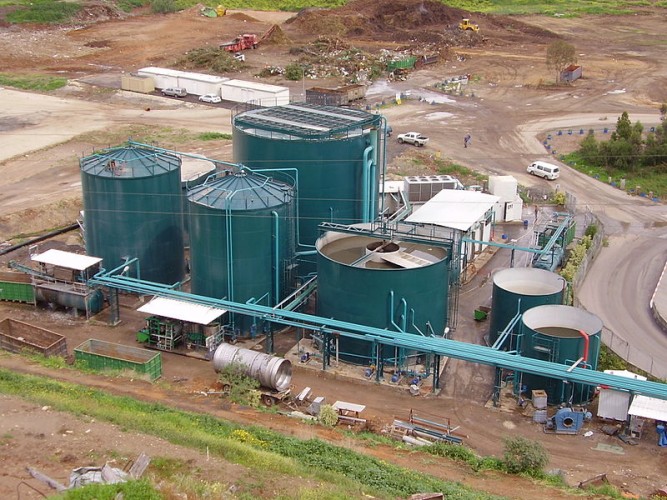Sustainability
Composting future could be a ‘retreat from success’: environmental group
Attaining quality compost in Halifax could be difficult without provincial energy allowance: EAC

caption
Eggshells and other organic materials decomposing An environmental group says a municipal solid waste system that contributes renewable energy to the provincial power grid can be a sustainable, cost-effective solution for Halifax’s compost facility upgrades.
An environmental group says a municipal solid waste system that contributes renewable energy to the provincial power grid can be a sustainable, cost-effective solution for Halifax’s compost facility upgrades.
However, the Ecology Action Centre (EAC) says the province’s move last year to limit the selling of renewable energy to the grid is an “unnecessary step backwards.”
Catherine Abreu, energy co-ordinator at the EAC, says losing the financial incentive from Nova Scotia’s now-cancelled Community Feed-in Tariff program, COMFIT, is a “missed opportunity” for the city to offset some of the costs associated with investing in “state-of-the-art” anaerobic digestion composting technology.
Related stories
“That’s too bad [because] that kind of state-of-the-art facility would not only improve the quality of compost for the city, but bring us more into the future of renewable energy generation,” Abreu said.
Anaerobic digestion
Last Thursday, Halifax regional council heard a report from Matt Keliher, the city’s solid waste manager, about how to “evolve” the city’s out-of-date solid waste program.
The report includes a “business case to introduce an anaerobic digestion processing capability” — a biological process that produces biogas from organic material — to the municipality’s composting facility in Dartmouth.

Keliher hopes the city will financially capitalize on the technology’s generation of:
- renewable electricity
- high-quality fertilizers
Keliher says that — if done right — the facility upgrades have the potential to generate revenue for the province for years to come.
COMFIT: a progressive first
Six years ago, Nova Scotia piloted the COMFIT program. It was the first of its kind to incentivize the development of local renewable energy projects and plug them into the grid.
Keliher says COMFIT could be well-suited to the municipality’s future.
“If we can utilize our existing facility with our existing COMFIT approval, we can generate revenue to reduce our cost,” said Keliher.
To capitalize on this investment, the municipality received provincial COMFIT approval for the Dartmouth facility in late February of last year.
Green, but ‘not at any cost’
However, Sarah McLeod, a spokesperson for the Department of Energy, says once anaerobic technology is introduced to the facility in 2019, it will lose its COMFIT eligibility.
“[That] really reduces the benefit of anaerobic digestion,” said Keliher. “You could still put [renewably generated electricity] up into the grid, but you might not necessarily make money.”
The province announced its decision to end the program on Aug. 6, 2015 – partly due to its apparent success.
Abreu says the fact that the program has exceeded its energy output expectations “should be cause for celebration, not cancellation.”
But McLeod says the program was just too expensive to continue.
Energy from small-scale, community-based projects with “guaranteed, higher-than-market rates” is more costly than that “from other sources,” according to the province’s updated electricity plan.
McLeod says there was concern that having excess renewably sourced electricity flooding the grid “could begin to have a negative impact on power rates.”

“Nova Scotians have been clear with us about their support for greener sources of energy,” McLeod said, “but not at any cost.”
‘Extremely expensive’
According to Abreu, the program freeze has “diminished our [fiscal] capacity to invest in long-term [solid waste] infrastructure.”
The technology, Keliher points out, is costly.
“Anaerobic digestion is extremely expensive compared to some of the other solutions that are out there,” said Keliher. “We really need to balance off the cost-per-tonne and how it impacts the fiscal sustainability of the city – and our environmental goals too,” said Keliher.
Without COMFIT’s long-term cost offset as an incentive, Abreu says council is more likely to go for the most cost-effective option in the short term — even if it’s at the expense of quality compost, renewable energy and future revenue.

Keliher says the facility upgrades are a multimillion-dollar project that will cost the city almost $250 million over the next 20 years.
“It’s not like you can just go to the new Ikea and pick one of these up. It takes a lot of time [and] engineering expertise to build it. We want to make sure that it’s done right,” he said.
A ‘missed opportunity’
Abreu says that although higher-quality systems usually have higher up-front costs, “it is [often] the case that [they] deliver a better pay-back in the long term.”
According to Keliher’s report, the COMFIT program could potentially offset overhead costs by $25-40/tonne. This could bring the $209/tonne price tag for the highest quality system down to $169-184/tonne.
According to councillor Reg Rankin, even a saving of $10/tonne could add up quickly.
“For each dollar you save, you save $75,000. That’s an impressive value. [For every] $10 [you save, that’s] three-quarters of a million dollars. Now that’s a considerable value.”
In a statement last summer, Abreu said cancelling the renewable energy incentive program “signals a retreat from success” for Halifax’s solid waste system.
